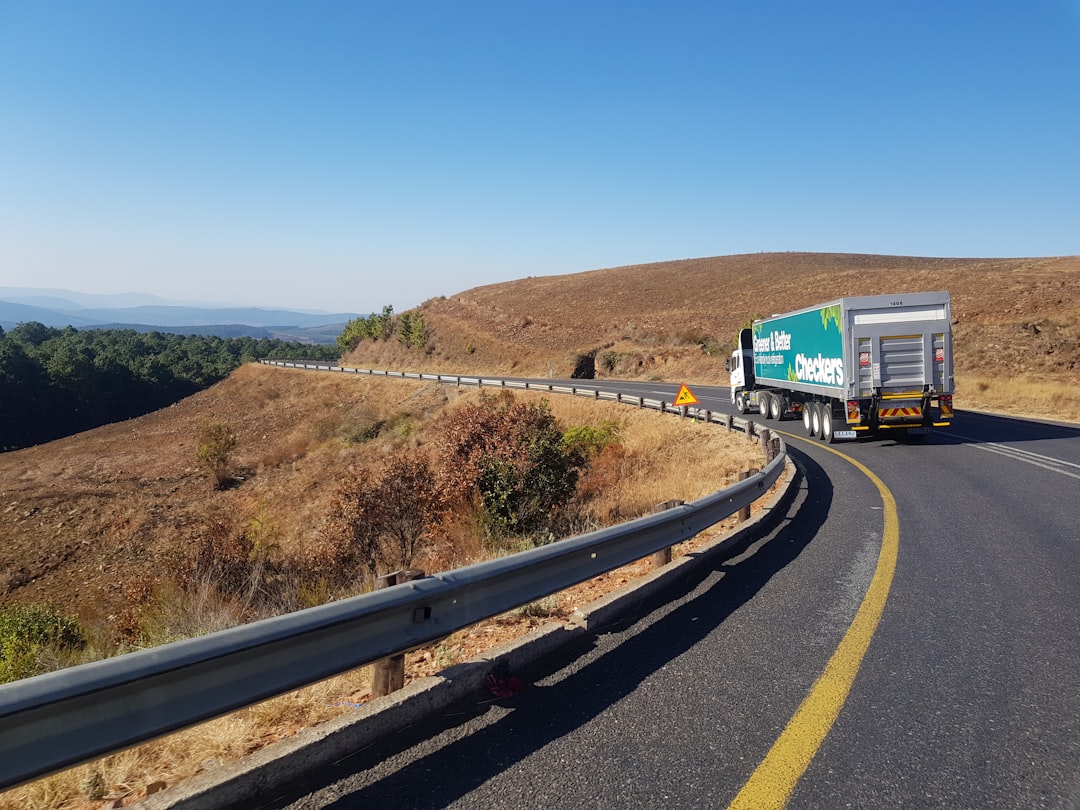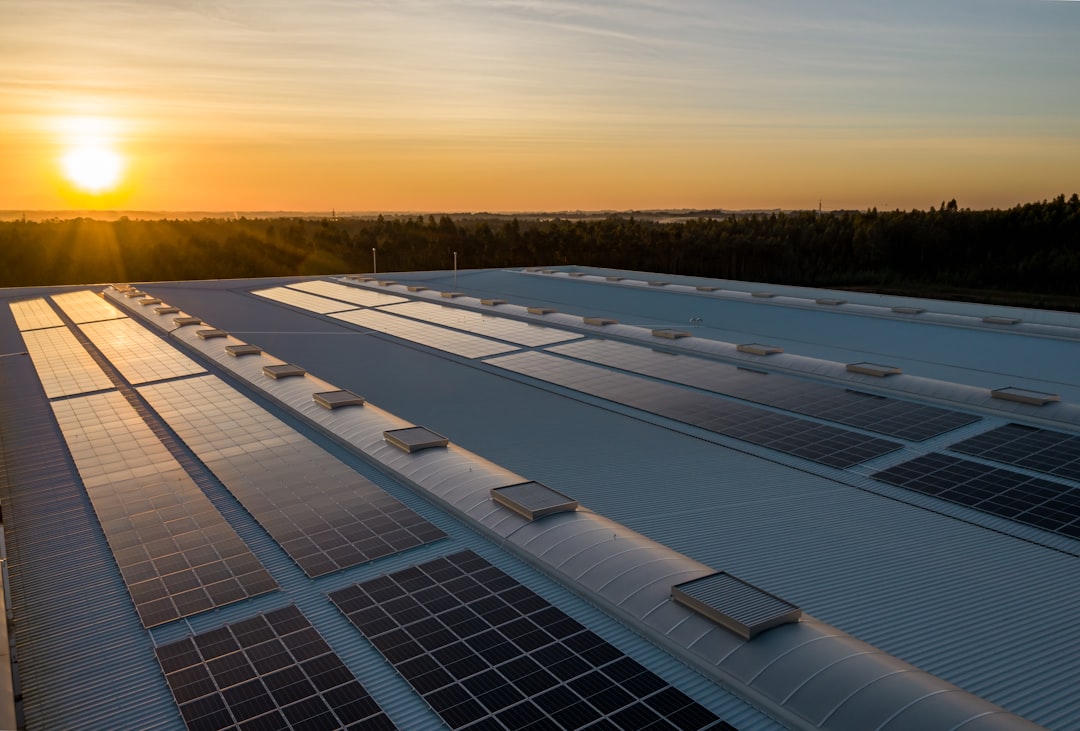What is it about?
Japanese wireweed, Sargassum muticum is an invasive species to Great Britain, which might be controlled by harvesting it for energy and chemicals. Pyrolysis is the thermal decomposition of the organic components of dry biomass by heating in the absence of air. The distribution of matter between solid, liquid and syngas depends on the biomass and the pyrolysis temperature and time. Slow pyrolysis with lower temperatures (~ 400⁰ C) tends to produce more solid char. Pyrolysis char can be an effective soil ameliorant, a sequestration agent due to its stability or burned as a fuel. The research attempts to answer the question: Could slow pyrolysis be an energy efficient means for the destruction of Japanese wireweed and produce a potential product, biochar? A simple test rig was developed to establish the yield of biochar, biocrude and syngas from the slow pyrolysis of Sargassum muticum. An energy balance was calculated using compositional data from the analysis of the seaweed feedstock, higher heating values (HHV) from bomb-calorimetry and literature values. The energy required to heat 1 kg of dry seaweed by 400⁰ C for slow pyrolysis was estimated at 0.5 MJ. The HHV of syngas and biocrude produced from the pyrolysis totalled 2.9 MJ. There is, therefore, sufficient energy in the biocrude and syngas fractions produced by the pyrolysis of seaweed to power the process and produce useful biochar, but insufficient energy for drying.
Featured Image
Read the Original
This page is a summary of: Slow Pyrolysis as a Method for the Destruction of Japanese Wireweed, Sargassum muticum, Environment and Natural Resources Research, January 2015, Canadian Center of Science and Education,
DOI: 10.5539/enrr.v5n1p28.
You can read the full text:
Contributors
The following have contributed to this page










